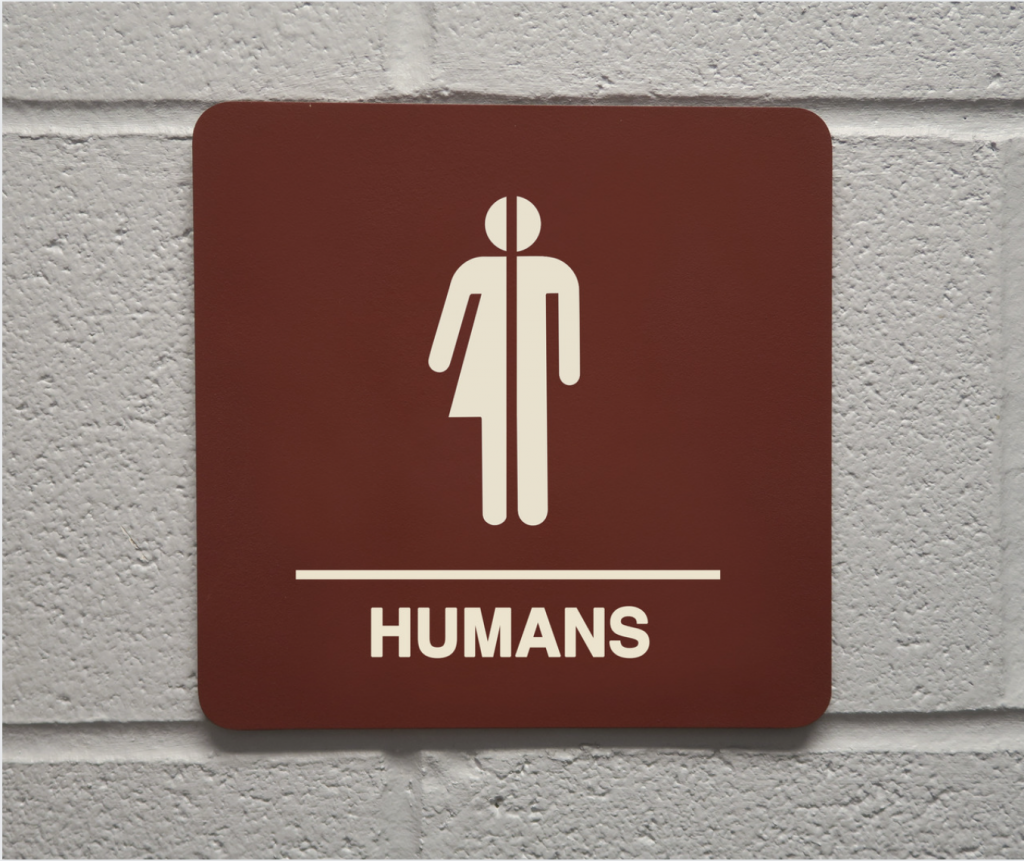Most measures proposed in Europe to curtail the alleged worrisome rise of “radical Islam” refer to examples of feminist nature.
On 2 October 2020, French President Emmanuel Macron gave a speech where he presented his long-awaited draft law against “separatisms”. While the law was initially presented as aiming to combat all forms of separatisms, Macron declared that the problem was “Islamist separatism,” using women’s rights protection as a leitmotiv in the argumentation deployed to justify the law. He argued that some members of society, who practise Islam, negated France’s principles of “equality between women and men, human dignity”.
Most measures proposed in France and elsewhere in Europe to curtail the alleged worrisome rise of “radical Islam” refer to examples of feminist nature: employees refusing to “shake hands with a woman,” women “wearing a veil when in contact with the public” or bus drivers refusing to let women enter because of “indecent clothing”. In France, these examples are used to justify the obligation of neutrality for public officials and employees of delegated companies. Some might argue that these new measures are not all problematic. However, in the light of broader European trends of Islamophobia and compared with the lack of similar concern for other structural gender and social discriminations, the use of women’s rights in the context of such measures seems to reflect more an instrumentalisation of feminism to play politics than a genuine concern for women’s rights.
The intention here is not to question the relevance nor the application of secular principles within law. The issue, more pertinently, is the growing use of feminist arguments in connection with discriminatory cultural representations to further political agendas. Many feminists and postcolonial academics have looked extensively at the ways in which European nationalisms constructed themselves as naturally superior to “oriental” societies. The latter has often been framed as inherently violent, brutal and disrespectful towards women. Women, in this discourse, have been nothing but a means to reach and justify dominance over racialised men.
This transnational dynamic is still present nowadays and has implications in the domestic politics of several European countries. It is visible in the shift operated by conservative and right-wing European parties who went from rejecting feminism to slowly hijacking its arguments, fixating on Islam and immigration. Migrant women or Muslim women are portrayed as victims needing to be saved from the men of their communities.
In Germany, it was particularly visible after the events of New Year 2016 in Cologne, when the far-right “Alternative for Germany” (AfD) pointed out left-wing “double standards” and claimed to be the sole party protecting women’s rights against the dangers of migration. In the United Kingdom, UKIP’s main point on its women’s rights agenda relates to “Sharia law” which “routinely hands down judgments that disadvantage women and deny them the protections they have in UK law”. In Sweden, the Swedish Democrats (SD) also use gender equality to target Muslims, conflating sexist crimes and migration. According to Paula Bieler, a former SD MP, “foreign men with backgrounds in societies that oppress women and who want to maintain their culture should be sent back to these societies. They do not belong in Sweden”. In Spain, VOX leader Santiago Abascal openly questioned whether “it was more important to protect illegal immigration than women” after the alleged sexual assault of a teenager by four minors.
This discourse has also permeated conservative, neoliberal parties. For instance, in Denmark in 2017, several ministers supported funding cuts to the feminist Research Centre KVINFO as it was believed to omit critiquing the “patriarchal (…) structures oppressing women in ghettos”.
This trend is often referred to as femonationalism, a concept coined by scholar Sara Farris to designate right-wing nationalists, neoliberals (and some feminists) invoking women’s rights to stigmatise Muslim or migrant men and advance their political objectives. In the case of far-right European parties, the aim might be to renew their voters support by appearing less extreme while conserving a racist and at times, anti-feminist agenda. As previous examples show, such political instrumentalisation is not reserved to the extreme side of the spectrum.
Besides going against freedom of belief, migrant and refugee rights and human dignity, this European trend is worrying because it subtly diverts the needed attention from structural gender discriminations and inequalities to over-expose racialised men’s sexism.
It is racism 2.0 and represents a dangerous, yet overlooked, backlash on women’s rights.
Lucille Griffon
Programme Officer – Gender Equality and Women’s Rights

